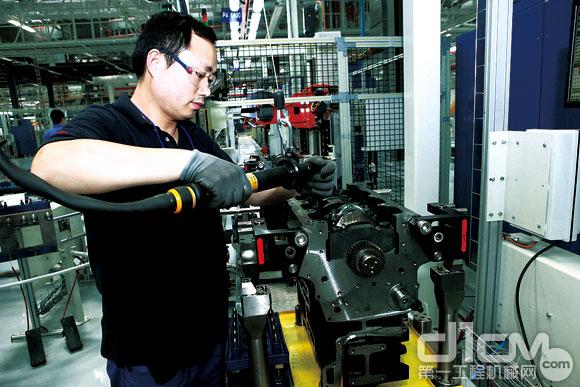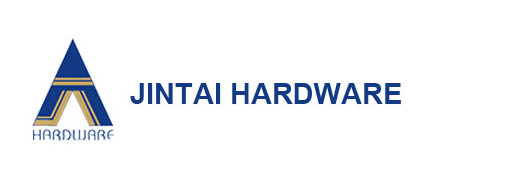
Cause Analysis of Engine Bearing Damage
1. Lubricant mixed with impurities
During the operation of the engine, if the impurities into the lubricating oil, will cause the crankshaft and connecting rod sliding bearing alloy layer wear. These sources of impurities have the following three channels:
One is the assembly of the engine when the metal residue in the body of the debris, cotton yarn feathers, coke particles; the second is the engine work wear down the metal particles, as well as fuel, lubricants in the sediment, The crankcase ventilation device enters the tiny dust. These impurities with the oil into the alloy layer surface, the coarse particles in the alloy layer surface will pull out the groove, fine particles like abrasive wear alloy layer, thereby accelerating the alloy layer damage.
2. Poor lubrication
When the engine is running, the lubricant does not reach the surface of the sliding bearing and the journal, which will cause damage to the alloy layer. The specific situation generally have the following four: First, the engine starts immediately after the high throttle high-speed operation; Second, the engine in the oil pressure is too low under the conditions of high speed, heavy load operation; Third, improper selection of lubricants, Seasonal changes in the timely replacement and deterioration of lubricants; Fourth, the winter engine is not warm up on the start.
3. improperly assembled
Improper assembly will cause the sliding bearing and journal with the gap is too large or too small, may also cause sliding bearing misalignment, indexing.
If the sliding bearing and journal with the gap is too small, in the engine running, will cause friction surface lubrication and poor heat dissipation. After the journal is thermally expanded, the gap can be further reduced. At this time if the engine speed is not high, usually lead to engine stall; if the engine to continue high-speed operation, will lead to tile.
If the connecting rod sliding bearing and the journal assembly gap is too large, the engine work stroke, the connecting rod journal of excessive impact will act on the connecting rod sliding bearing ("smashing"), resulting in sound (tumbling) The "Smashing", the oil film is damaged, the friction surface direct contact, lubricating oil film lubrication, cushioning and cooling effect instantly disappear. As the impact of the connecting rod journal directly on the alloy layer, and ultimately cause the alloy layer flanging, out block.
If the sliding bearing assembly dislocation, translocation, will cause the sliding bearing coaxial reduction, stress concentration and poor heat dissipation, and even lead to tile or roll tile.
4. The relevant parts of the error is too large
The relevant parts of the error is too large, divided into the following three cases: First, the crankshaft main journal and connecting rod journal grinding and the use of the process of roundness, cylindrical degree of error is too large; the second is due to crankshaft bending deformation and even Rod bending, distortion, resulting in cylinder center line and the crankshaft perpendicularity error is too large; Third, before and after the crankshaft movement is too large.
Crankshaft and connecting rod sliding bearing caring, rolling tile and smashing and other serious damage, should immediately stop and take remedial measures, or in the role of the engine under the action of inertial force, will occur connecting rod bolts, connecting rod rejection And other vicious accidents.

